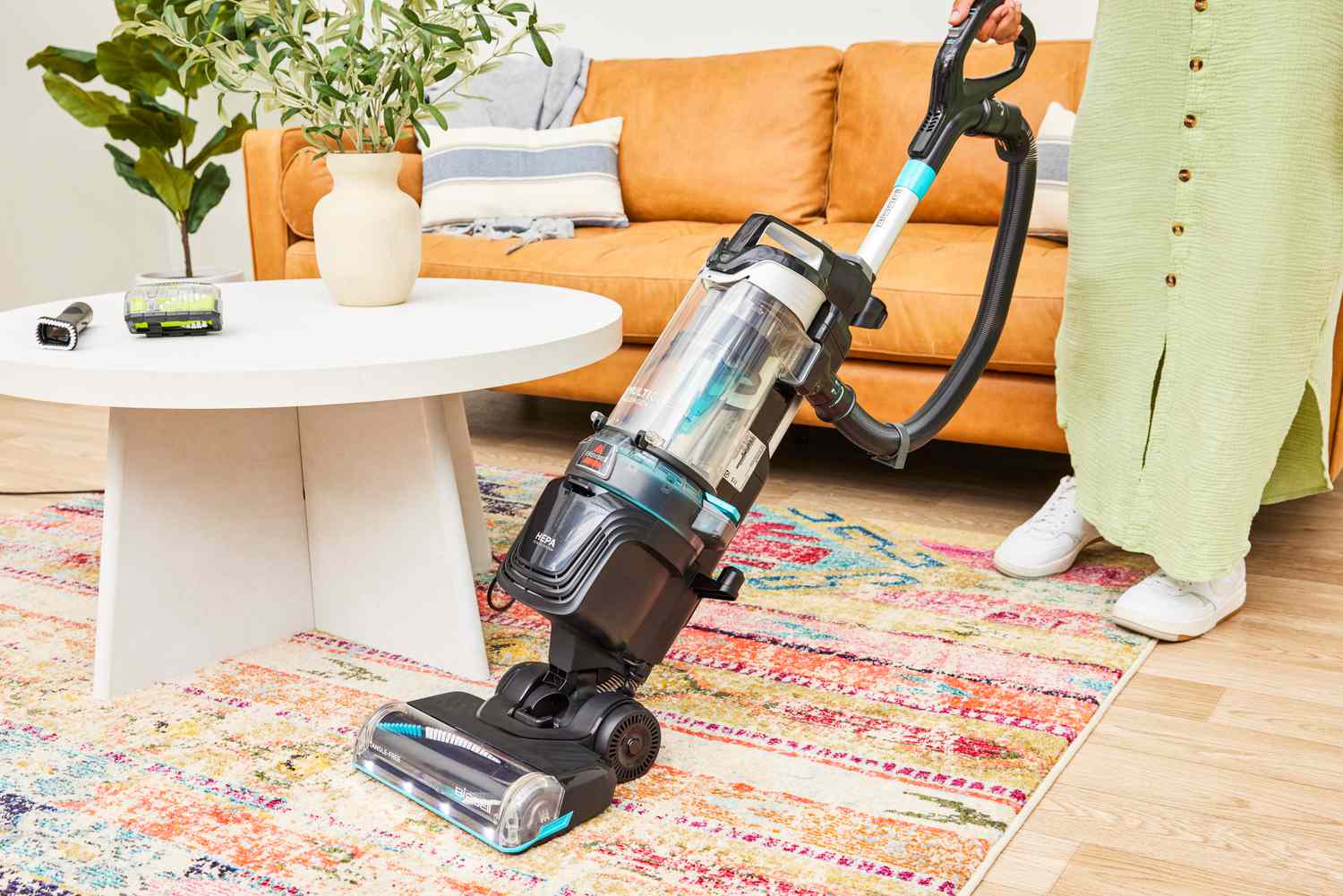In Wellness
Published 11/20/2025
9 UTI Treatments You Need to Know About
An infection in your urinary system is known as a urinary tract infection (UTI), and they affect women more than men. Your urinary system includes:
- Kidneys, which remove waste from the body
- Ureters, which transport urine from the kidneys to the bladder
- Bladder, which holds urine
- Sphincter muscles, which help open and close the opening of the bladder
- Bladder nerves, which signal when it’s time to empty the bladder
- Urethra, which allows urine to travel out of the body
Who can get UTIs?
Most people think that only women can get UTIs. While it’s true that women are much more likely to develop this type of infection, it’s not true that men never have to worry about them, either. That’s right: anyone, regardless of anatomy, can develop a UTI.
The danger of untreated UTIs.
Now, a urinary tract infection that affects your bladder can be uncomfortable. However, if a UTI makes its way to your kidneys, it can be serious, even life-threatening. That means it’s vital to know what treatment options are available that you can discuss with your healthcare provider.
Popular treatment options include…
1. Prescription Treatment Options

Antibiotics are your best bet when it comes to treating a urinary tract infection. Some of the most commonly prescribed medications for this condition include:
- Cefoxitin
- Ceftriaxone
- Cephalexin (Keflex)
- Ciprofloxacin (Cetraxal, Cipro XR, Otiprio)
- Fosfomycin (Monurol)
- Gentamicin (Gentak)
- Levofloxacin (Levaquin)
- Nitrofurantoin (Macrodantin, Macrobid)
- Trimethoprim/sulfamethoxazole (Bactrim, Septra, etc.)
How long should you take antibiotics?
Take all of your antibiotics, even if you feel better. Not taking a full course of antibiotics can lead to antibiotic resistance. In other words, not taking all of your medication can lead to super bugs that are harder to treat.
What are some home remedies for mild, uncomplicated UTIs?
What are some over-the-counter ways to fight this kind of infection?…
2. Drink Lots of Water

Drinking water is a great way to both help mild, uncomplicated UTIs and prevent them from occurring in the first place.
How can water fight a UTI?
The idea of drinking lots of water to fight a UTI is simple: the water works to “flush out” bad bacteria from your system. Specifically, drinking water dilutes urine. Diluted urine will travel through your body faster. The result? Bacteria has less time to stay in your body and cause problems.
How much water should you drink?
Everyone’s needs will vary. The standard recommendation for adults, though, is 6-8 eight-ounce glasses every day.
Having a hard time reaching your daily water goals?
Don’t worry. There’s another fluid you can drink to help fight off UTIs…
3. Drink Unsweetened Cranberry Juice

Cranberry juice is tasty, may help mild with UTIs, and may even prevent a bladder infection from happening in the first place. Win-win-win.
How does unsweetened cranberry juice fight a UTI?
There are a few hypotheses for why this drink may help with this condition. Some believe that it’s due to cranberries’ concentration of antioxidants, which have antibacterial characteristics. Other research suggests that this juice prevents E. coli from attacking and attaching to the urinary tract.
The best treatment for a UTI?
Of course, the best way to treat a UTI is to not get one in the first place. So, what are some of the best ways to prevent a UTI?…
4. Take Some Vitamin C

A urinary tract infection naturally means harmful bacteria in your system. One way to deal with these bacteria? Vitamin C.
How does vitamin C help with a UTI?
When you intake vitamin C, you can make your urine more acidic. Importantly, this acidity can stunt bacteria growth, which may improve symptoms of a UTI or reduce the risk of developing one in the first place.
Where can you get vitamin C?
The best sources of vitamins and minerals are from natural sources. Foods high in vitamin C include:
- oranges
- blueberries
- grapefruits
- leafy greens
- lemons
- strawberries
A supplement of 500 – 1000 mg may also help.
The easiest preventative method of all?
The easiest way to prevent UTIs? It’s quick, natural, and free…
5. Urinate, Urinate, Urinate

Have “to go”? Go. Don’t wait.
How does urinating help with a UTI?
The longer bacteria stays in the body, the more chances they have to cause infections. Don’t give bacteria those chances. Flush them out of the body—literally—with a bathroom break.
When should you urinate?
When you feel the need “to go,” don’t wait. Going to the bathroom both before and after sex can also help clear out bacteria, further reducing the risk of infection.
Best toilet paper practices?
When you use the restroom, just be sure to use toilet paper properly…
6. Use Toilet Paper Properly

Believe it or not, how someone with a uterus uses toilet paper can either increase or decrease UTI risk.
Don’t forget to use toilet paper properly.
If you wipe after using the restroom, wipe front to back, as this movement reduces the risk of fecal bacteria reaching the urethra (which can lead to infection).
Keep moving.
Getting up and “going” when you need to isn’t the only time getting up and moving around can reduce the risk of UTIs…
7. Stay Active

Staying physically active can provide a host of health benefits, including reducing the risk of a urinary tract infection.
How does physical inactivity increase UTI risk?
Remember: UTIs form when bacteria in the urinary tract have enough time to cause infections without much interference. Staying immobile or physically inactive for extended periods therefore provides UTI-causing bacteria extra time to come into contact with the urinary system and potentially cause an infection.
As such, physical activity can help reduce the chances that this situation occurs.
UTI and STI protection in one convenient method.
The following method can not only reduce the risk of UTIs, but also STIs (sexually transmitted infections)…
8. Use a Condom

Using condoms for any and all sexual activity is one of the best ways to prevent STIs. This action also helps reduce the risk of UTIs in certain cases.
How can a condom help prevent a UTI?
Research indicates that those who engage in unprotected penetrative anal sex are at greater risk of a UTI. Why? Because bacteria-laden fecal matter from the anus can easily enter the urethra during this kind of intercourse. The result of this germ transfer? You probably guessed it: a UTI.
Having a protective barrier in place—aka, a condom—can therefore reduce the risk of a UTI in these situations.
What type of condom can help?
Both external (or “male”) and internal (or “female”) condoms can help protect both parties during anal sex. External condoms cover the exterior of a penis. Internal condoms go inside of the anus. Both options can reduce the risk of STIs, when used properly.
How do you use a condom correctly?
Using a condom properly includes (but is not limited to) the following:
- Using a new condom for each and every sexual act—that means no reusing condoms, even if it’s with the same partner
- Only using one condom at a time; using two condoms at once increases friction, meaning tears are more likely
- Using condoms the entire time
Manage other medical conditions.
The body is incredibly interconnected. That means that managing health conditions seemingly unrelated to the urinary tract—like diabetes—can reduce the potential risk of a UTI…
9. Manage Diabetes

Perhaps one of the lesser-known side effects of untreated diabetes is increased risk of urinary tract infections.
How does diabetes increase UTI risk?
Experts are not entirely sure how diabetes increases the risk of these infections, although there are a few popular theories.
Firstly, diabetes can result in nerve damage. Nerve damage can mean that diabetics wait longer than necessary to use the bathroom. And, as discussed before, waiting too long to use the bathroom increases UTI risk.
Secondly, diabetics tend to have poorer circulation than those without the condition. Unfortunately, poor circulation means it’s more difficult for white blood cells (aka, cells that fight infection) to reach potential sites of infection in a timely manner.





